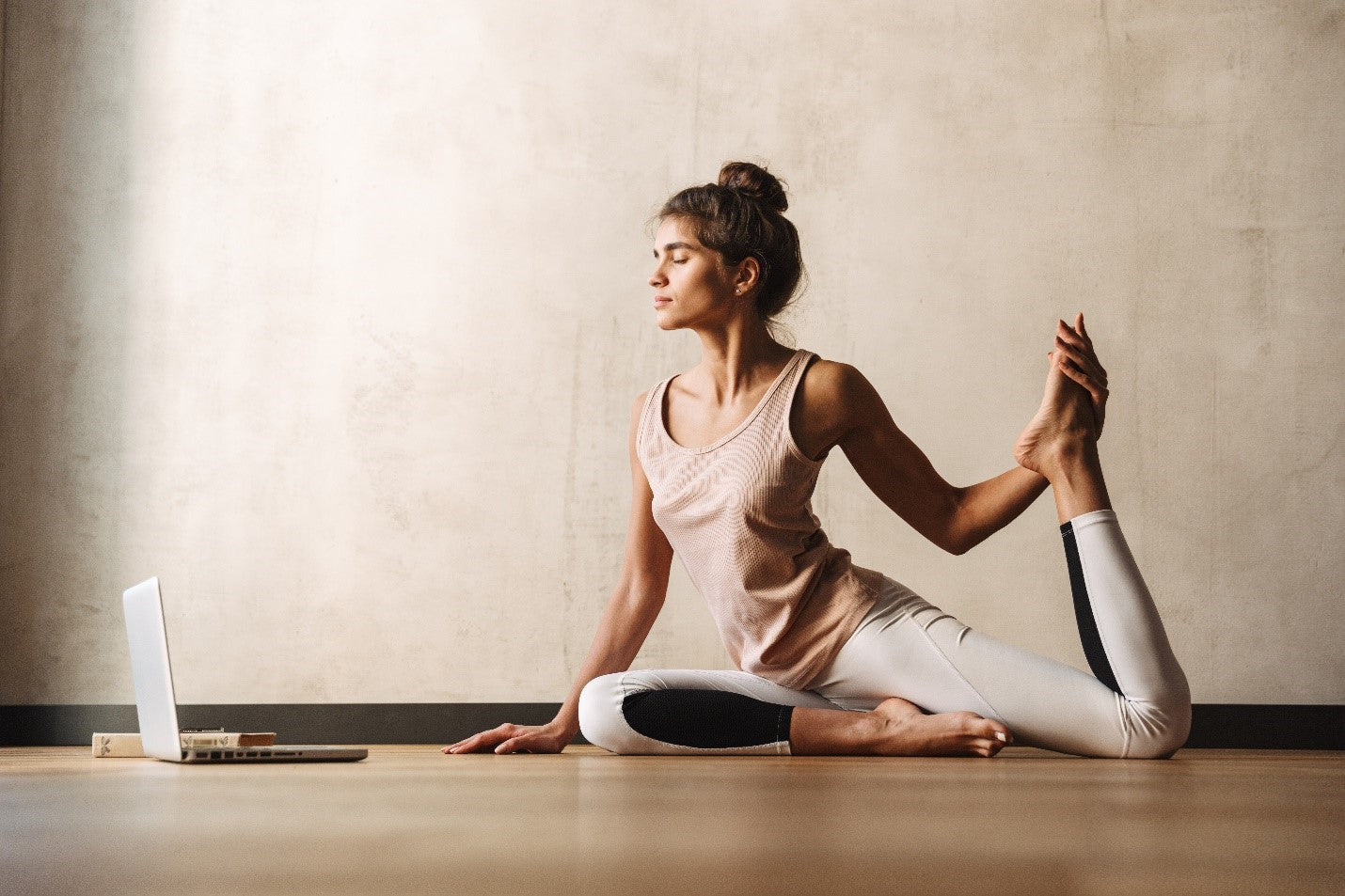
Strength, Flexibility and Balance
A couple of weeks ago, I was laying in bed, just enjoying the relaxed feeling of not being in a hurry to get up when I suddenly started to stretch. While I had done this exact same stretch thousands of times before, I never realized that this was NOT the result of a conscious decision initiated by me. It just happened. This led me to the logical conclusion that, if it happens automatically, stretching must be part of our biology, and maybe we should take stretching a little more seriously. This is what I wrote about in last week’s blog.
So, this week I thought I would follow up with some observations about yoga, which I have been practicing now for over 40 years. The first time I did it was back in 1977. I woke up one Sunday morning with a splitting headache and a hangover from too much college partying the night before. I didn’t feel like doing anything that day. So I turned on the TV in the living room of our shared apartment and laid down on the couch. There were three channels to choose from (before cable TV!) One had Robert Schuller’s religious program: The Hour of Power, The Other was a Sunday Morning News Show and the third choice, on a PBS channel, was Lillias Yoga and You. I chose Lillias.
Here was this woman with a braid all the way down her back, dressed in leotard and tights (NOBODY WORE YOGA CLOTHING OF ANY SORT BACK THEN) doing all this strange stuff on the floor. Even more strangely, she was inviting me to get a towel and put it on the floor and join in. There were no yoga mats back then and no interactive exercise shows except for Jack LaLanne. Lucky for me there was a soft carpet I could lie on and I started to follow her instructions. At the end of that short 30-minute program my headache was gone, my body aches were gone, and I felt fine. I couldn’t believe it.
In the years I’ve been practicing Yoga since then, there’s been enough research on the benefits of yoga to explain why I felt so much better after just one-half hour. According to a study published in the Journal of Bodywork and Movement Therapies, practicing yoga has been linked to improved flexibility, strength, and balance. Yoga has also been found to help reduce stress and anxiety levels, as well as improve overall mental health and well-being.
A study published in the Journal of Alternative and Complementary Medicine found that regular yoga practice can lead to a reduction in symptoms of depression and anxiety. Additionally, a study published in the International Journal of Yoga found that practicing yoga can improve respiratory function and cardiovascular health. These findings suggest that incorporating yoga into a regular exercise routine can be a highly effective way to promote physical and mental wellness.
Just last week there was an article in the NY Times about the importance of maintaining flexibility throughout life. Every time I turn around to back my car up or bend over to tie my shoes or reach up to get something off a high shelf, I’m grateful for the extra flexibility that comes with a regular yoga practice. When you get to my age, balance is important too since falls are a major cause of injury for people over 65. So whenever I practice any number of yoga balance poses, I know I’m helping myself stay safe.
And finally, whenever I do crow pose, or any other arm balance pose, I know I’m building strength in my arms that, if I were to ever lose my balance and fall, it would help me avoid hitting the ground too hard. These qualities of strength, flexibility and balance are the hallmarks of any yoga practice and are traits specifically mentioned in one of the studies above.
Perhaps even more important though are the mental health benefits that come with a regular yoga practice. And to that end, it has recently occurred to me that strength, flexibility and balance, in addition to being physical qualities we all want, are also psychological qualities we want for ourselves and admire in other people.
Someone who can change course midstream is prized for being flexible. Someone who is mentally resilient is appreciated for being strong. And someone who can see both sides of an argument is respected for being well-balanced. I truly believe that these psychological qualities are an important mental health benefit of a regular yoga practice (and its underlying philosophy) too.
As I mentioned previously there was a great article in the NY Times that included a test you can take with 5 simple stretches. Essentially these are all stretches you would do in any yoga class. The first one is touching your toes while standing. The second one is being able to sit up straight and turn your head 90 degrees to each side, without turning your shoulders. There are 3 more which are too complicated to explain here so you’ll just have to click on this link and read the article so you can take this test yourself. I easily passed all five components of the test with flying colors. That’s what a regular yoga practice did for me and it can do for you too.



James Porter
Author